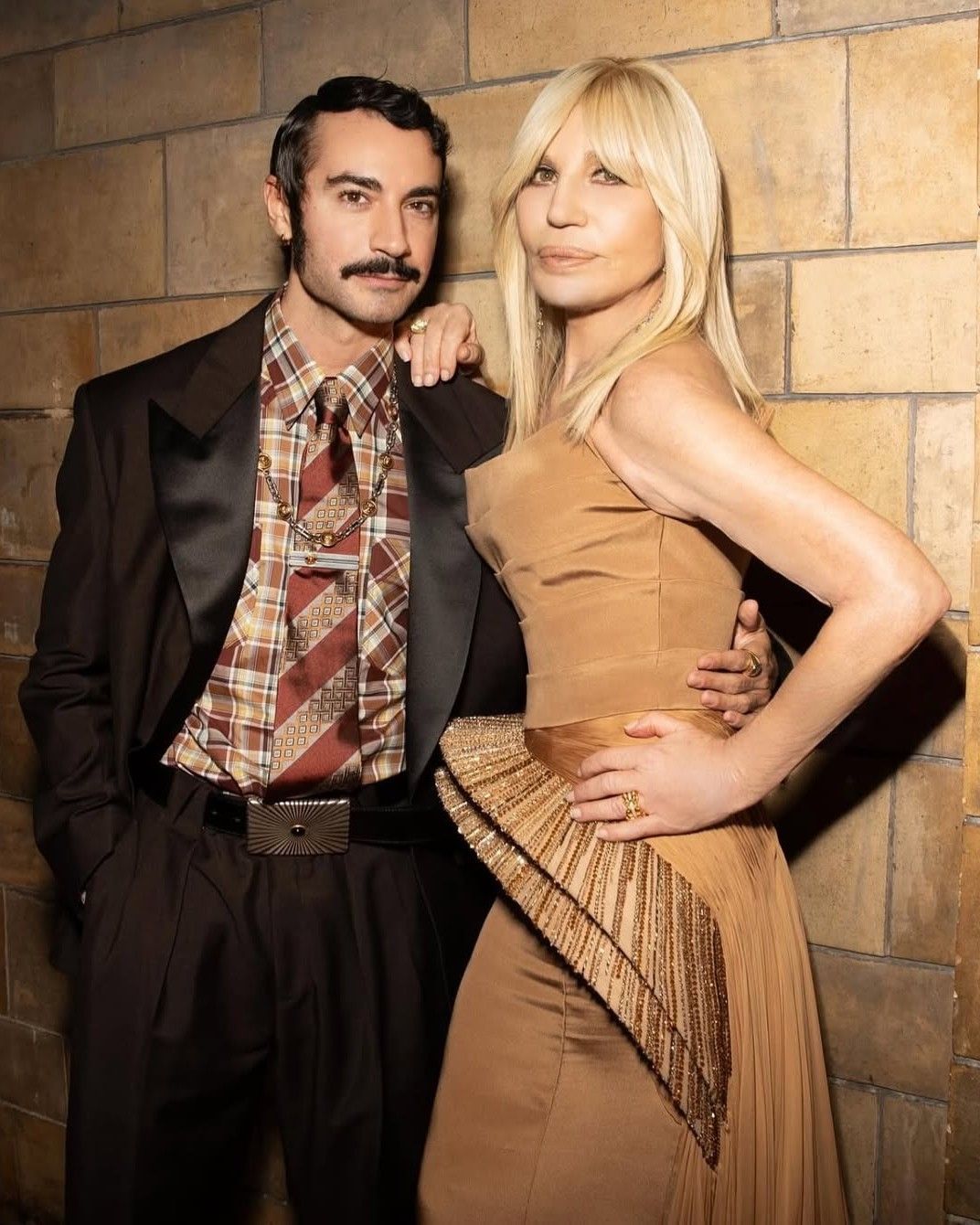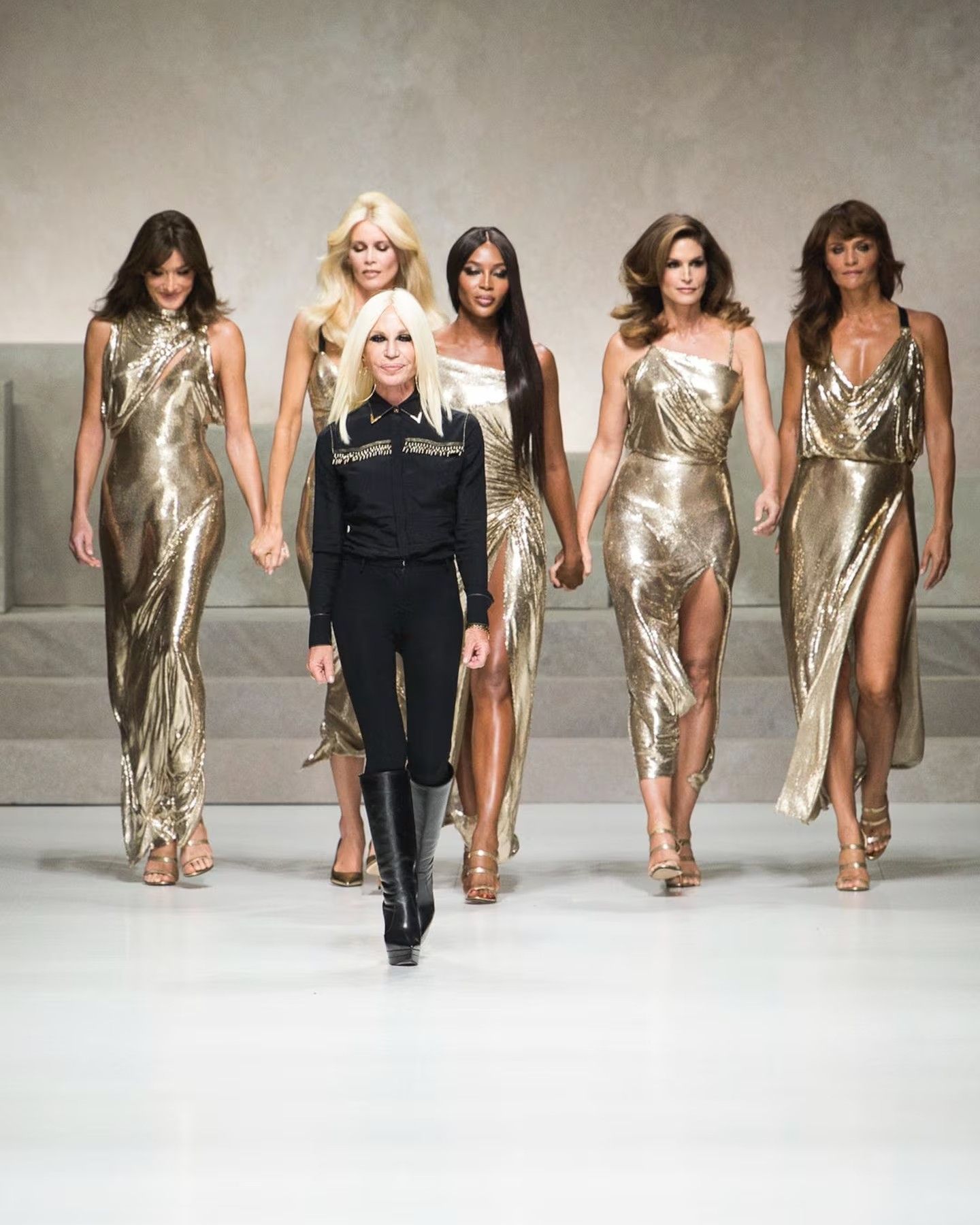
When fashion starts to dance From Burberry to Alaïa, designers elevate their work to the stage
If the fashion week runway serves to sell collections, the theatrical stage speaks of entire creative visions. And, indeed, one of the most irreducible currents in fashion is that which passes between great designers and great choreographers, with the former conceiving and creating costumes for the latter's works. If in the past these occasions represented the expression of cultural and personal affinities, as when, in '24, Coco Chanel signed the costumes for Le Train Bleu together with Cocteau and Picasso, today designers use them to declare as much their interest and involvement in art as the prestige of themselves or of the brand they work for. The most recent case is that of Burberry, whose creative director, Daniel Lee, who has always been very close to the world of dance, signed the costumes for the new work by Wayne McGregor, resident choreographer of the Royal Ballet, which will be presented on June 9. «Daniel Lee, an artist of unbridled imagination, is creating something innovative, moving, and piercingly beautiful. And, with his exceptional passion for all forms of dance, he seemed like the best ally for us. Together, with support from the Burberry team, we are working on something truly special», McGregor said. It is clear to see how the collaboration is part of the brand's repositioning plan sought by CEO Jonathan Akeroyd and based on the concept of "modern Britishness," which is likely to see the brand include in its orbit all the highest manifestations of British culture and craftsmanship.
In 2023, positioning a brand high is not just about raising material costs and final product prices: au contraire, the elevation ambitions of any brand are today measured by the brand's patronage of the arts, the degree to which the brand can speak to the insiders of a cultural elite or the so-called 1% of entire countries (as in the case of Burberry) or communities. The trend, often wedded to the vaguely aristocratic concept of quiet luxury, is not limited to Daniel Lee and Burberry: at the end of March 2023, Alaïa's Pieter Mulier created the costumes for Pit, which was staged at the Opera Garnier in Paris; last year, however, it was Mulier's partner Mathieu Blazy of Bottega Veneta who designed both costumes for a performance by Lenio Kaklea and another performance, Event, also by Wayne McGregor, which closed the 16th International Festival of Contemporary Dance in Venice. Also last year, it was Raf Simons, Alejandro Gómez Palomo, and Giles Deacon who created costumes for the New York Ballet's 10th anniversary; in 2021 Chanel provided ten costumes for the gala evening that opened the Paris Ballet's season; and in 2019, Maria Grazia Chiuri of Dior signed the costumes for Nuit Blanche, a ballet by Philip Glass that was staged in Rome, Thom Browne those for the Fantastical Dance performance, and Rick Owens those for At the Hawk's Well. Other designers are passionate about dance: Dries Van Noten, Walter Van Beirendonck, Issey Miyake, Gianni Versace, Gianfranco Ferrè, Iris Van Herpen, Giorgio Armani, Valentino. Specifically, the performance of Maurice Bejart's Barocco Bel Canto, with music composed by Prince, held in the Boboli Gardens in Florence in June '97 during which Gianni Versace presented his own SS98 collection culminating with the appearance of Naomi Campbell in a silk crepe dress who grabbed a gun and shot. Versace himself would die a few weeks later just from a gunshot wound in Miami; he had collaborated with Bejart on as many as 12 ballets saying that «for work, I just design rags. Theater is my passion».
@muur_modelss Naomi Campbell for Versace S/S 1998 #fashion #runway #naomicampbell #vercase #kennymuur оригинальный звук - maya
Underlying these collaborations, which, as we said, have been going on for decades, there is certainly a natural designer proclivity toward dance - no less, the increased frequency with which brands have been working on costumes for ballet in the past two years represents the new need for brands to create value from cultural uplift. This sort of love affair between fashion brands and ballet is thus just one of the many sides of the multifaceted relationship that fashion design has with art - a relationship that often ends up a victim of commerciality, but more often is meant to signal how a certain creative director and his or her ateliers can eschew the production of immediately commercial fashion and can instead create conceptual, larger than life garments that are as artistic as ballet itself. It would be easy to read this report as cynicism-after all, one might think, it is just another promotion. But so it is not when one considers how the audience for dance and ballet is far smaller than could be attracted by artistic performances more accessible to the broad public. But the broad audience is not the point here: the point is to show that in addition to sales campaigns, activations, and fashion shows, a certain brand or designer is active on the front lines of culture, patronizing artists but also giving the arts the visibility that the modern digital universe and modern state institutions are unwilling or unable to give.














































